Nissan Next is the name given to the medium-term plan (until the end of fiscal year 2023) that, if successful, will return the Japanese manufacturer to profits and financial stability. Finally, an action plan to get out of the crisis that has been in the construction company for several years.
The last few years have not been easy. The arrest of Carlos Ghosn, former CEO, in 2018, exacerbated a crisis that had multiple consequences, none of them positive. From a leadership void, to undermining the foundations of the Alliance with Renault. Join a pandemic this year that has not only put Nissan, but the entire auto industry under enormous pressure, and looks like a perfect storm.
But now, with Makoto Uchida at the helm, the current CEO of Nissan, we see the first steps being taken, materialized in the actions announced today of the Nissan Next plan, in the direction of sustainability and profitability.
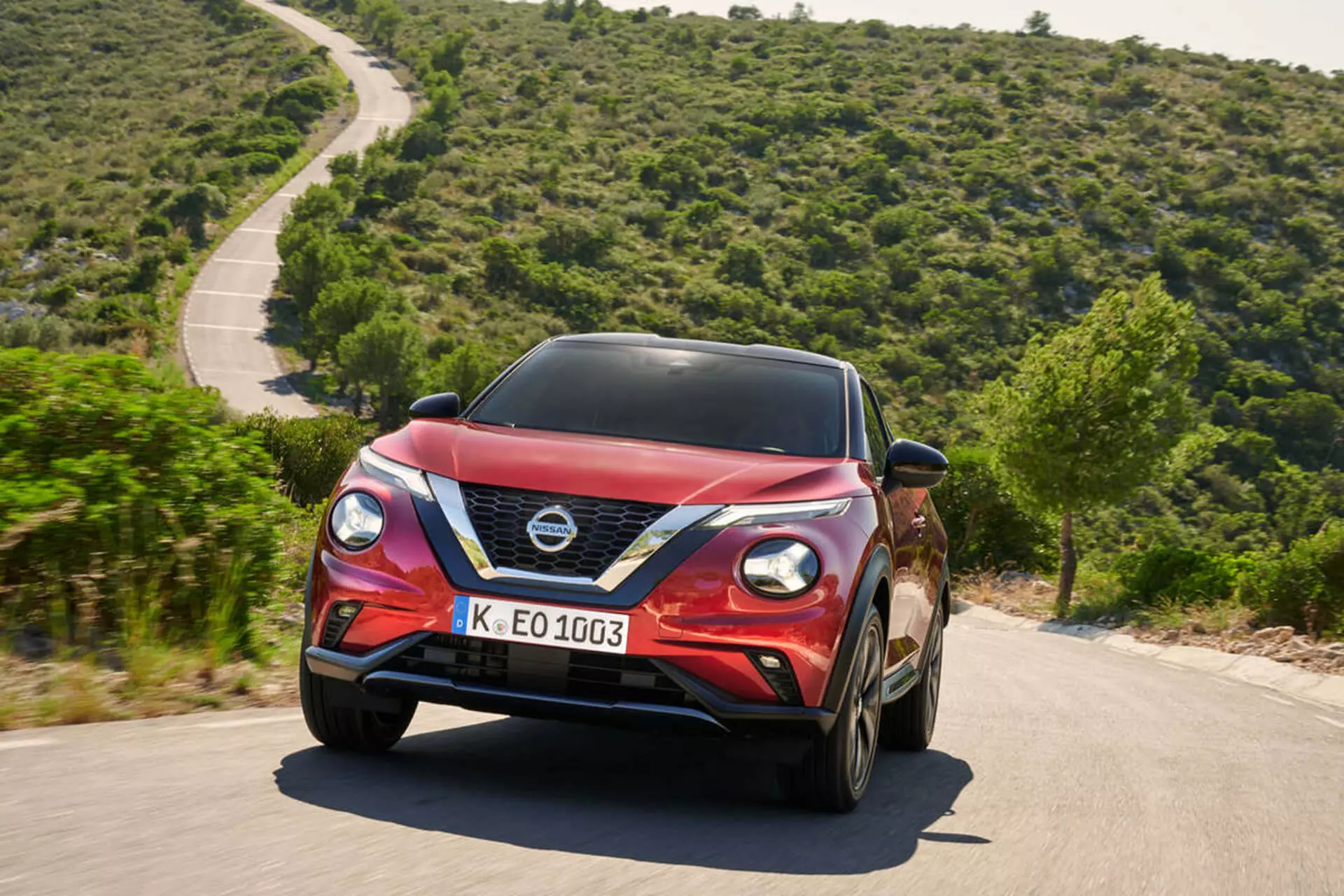
Nissan Next
The Nissan Next plan is characterized by multiple actions aimed at reducing fixed costs and unprofitable operations and rationalizing its production capacity. It also reveals a strong ambition to renew the brand's portfolio, reducing the average age of its range to less than four years in several key markets.
The goal is to reach the end of fiscal year 2023 with an operating profit margin of 5% and a sustainable global market share of 6%.
Makoto Uchida, CEO of Nissan"Our transformation plan aims to ensure steady growth rather than excessive sales expansion. Now we will focus on our core competencies and improve the quality of our business, while maintaining financial discipline and a focus on net revenue per unit to achieve profitability. This coincides with the restoration of a culture defined by "Nissan-ness" to usher in a new era."
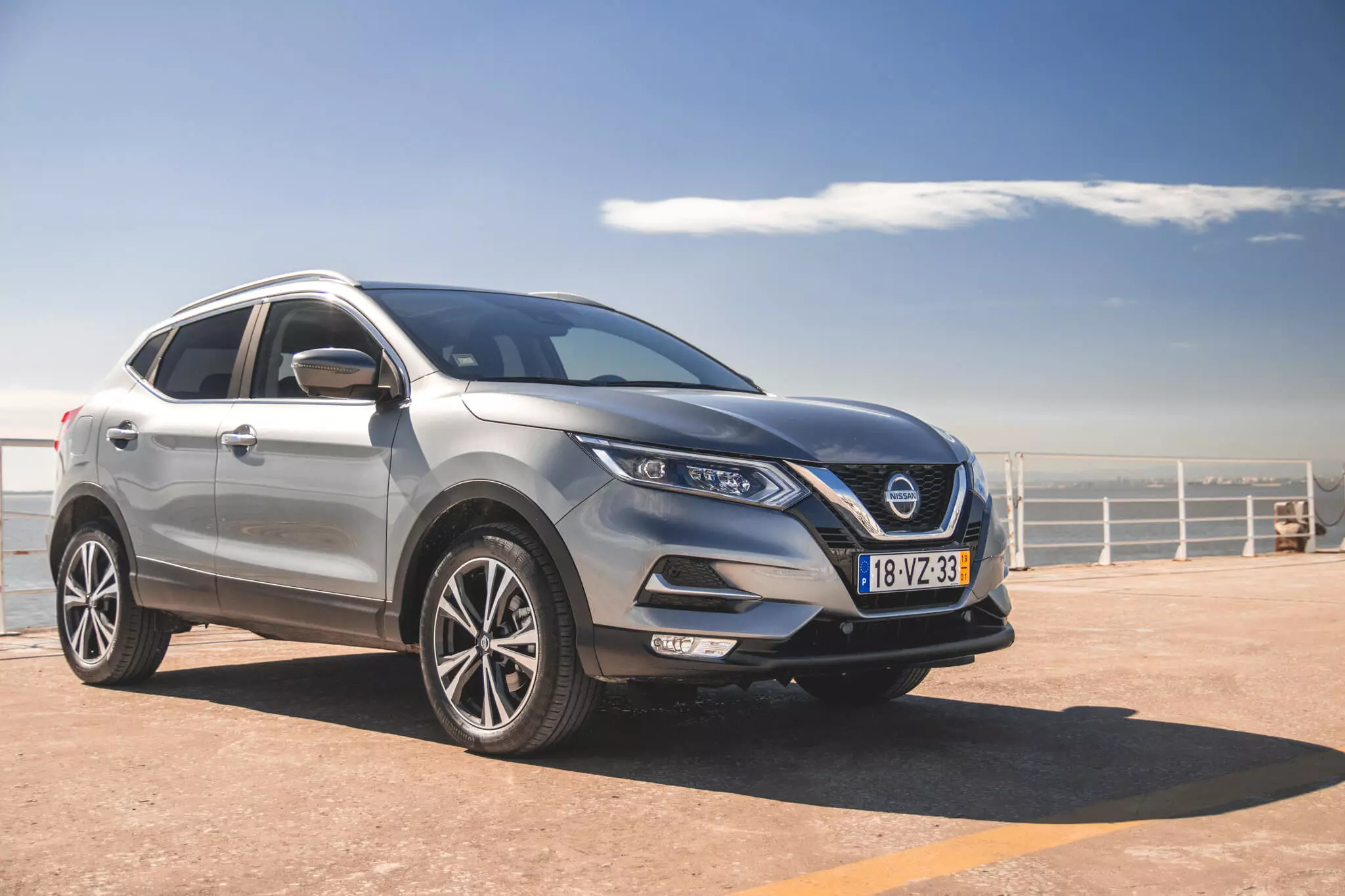
Rationalize
But before achieving the goals proposed with the Nissan Next plan, we will witness several rationalization actions that will result in a contraction in the size of the manufacturer. Among them is the closure of two factories, one in Indonesia and the other in Europe, confirming the closure of the factory in Barcelona, Spain.Subscribe to our newsletter
It is Nissan's intention to reduce its production to 5.4 million vehicles per year, 20% less than what it produced in 2018, better adjusting to market demand levels. On the other hand, the objective is also to achieve a utilization rate of 80% of its factories, at which point its operation becomes profitable.
Not only will we see production numbers shrink, but also the number of models. Of the 69 current models that Nissan sells on the planet, by the end of fiscal year 2023, will be reduced to 55.
These actions are aimed at reducing the Japanese manufacturer's fixed costs by 300 billion yen, just over 2.5 billion euros.
Priorities
As we've reported before, one of the decisions taken under Nissan Next was to prioritize its operations in key markets — Japan, China and North America — while in others its presence will be restructured and/or downsized, trying to maximize synergies with the other Alliance partners, as will happen in Europe. And then there is the case of South Korea, where Nissan will no longer operate.
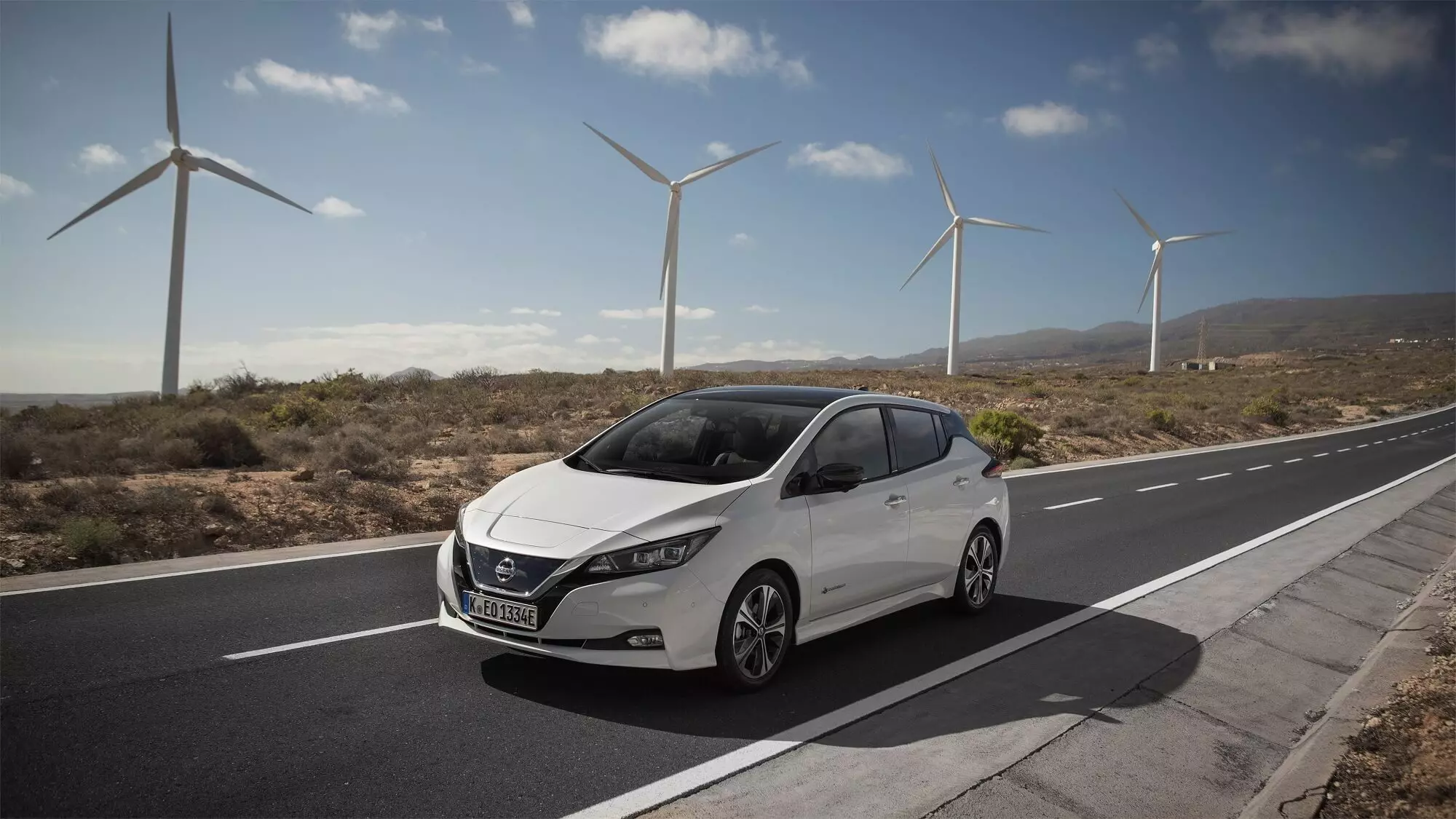
In addition to leaving South Korea, the Datsun brand will also be closed — revived in 2013 to serve as a low-cost brand, especially in Russia, ends again after a little more than half a dozen years of effective operation.
The renewal of your portfolio is also one of the priorities, with 12 new models to be launched in the next 18 months , where the vast majority will be, in one way or another electrified. In addition to 100% electric models, we will see the expansion of e-Power hybrid technology to more models — like the B-SUV Kicks (will not be marketed in Europe). Nissan's goal is to sell one million electrified vehicles a year until the Nissan Next plan is completed.
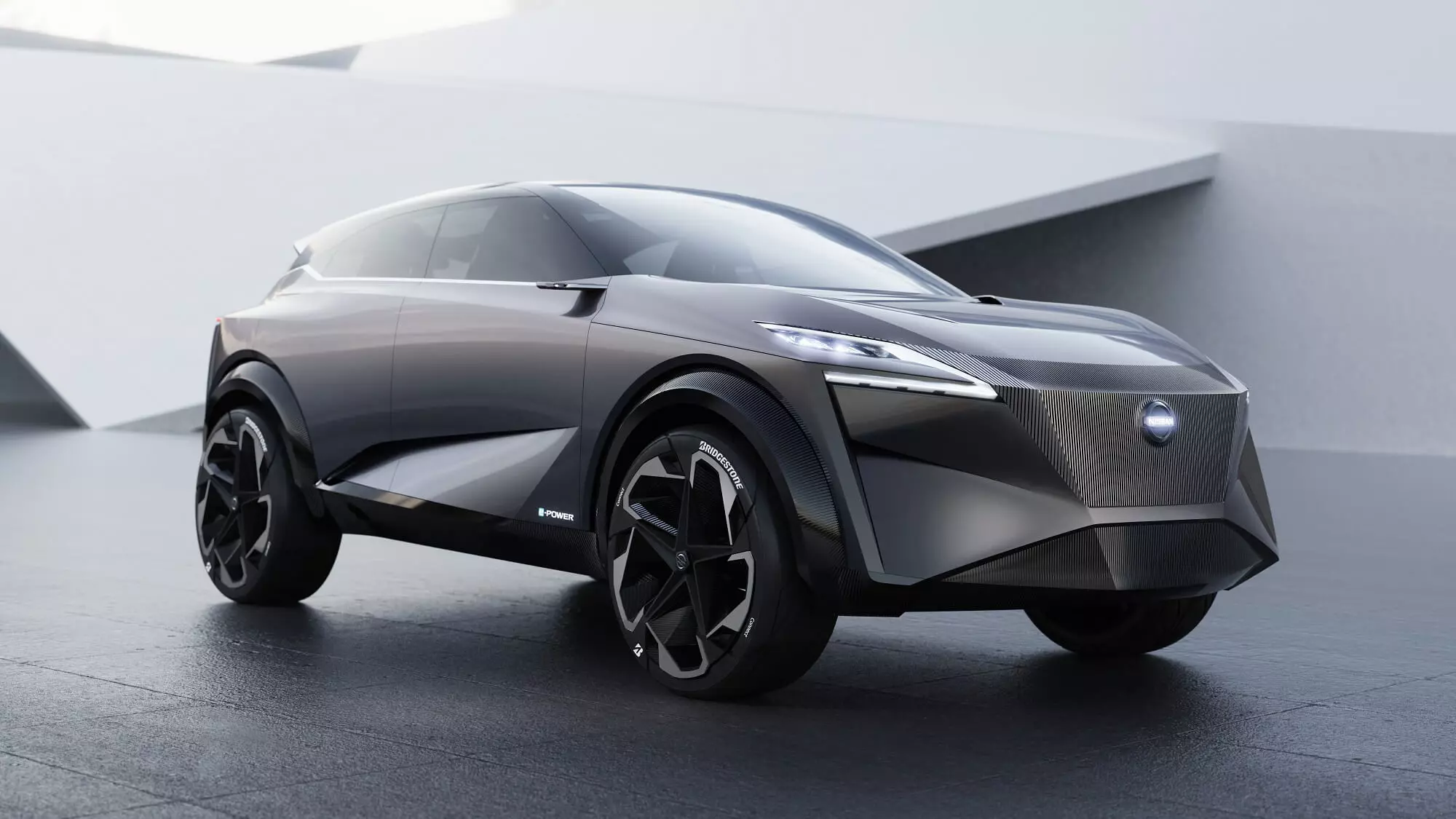
We will also see Nissan continue to invest heavily in ProPilot driving assistance systems. This will be added to a further 20 models in 20 markets, with the aim of selling 1.5 million vehicles a year equipped with this technology.
Less Nissan in Europe
But after all, what will happen in Europe? The bet will be clear on crossover and SUV, car types where Nissan has known enormous success.
In addition to the Juke and Qashqai, which will have a new generation next year, a 100% electric SUV will be added. This new model already has a name, Ariya, and will be released in 2021, but will be revealed as early as next July.
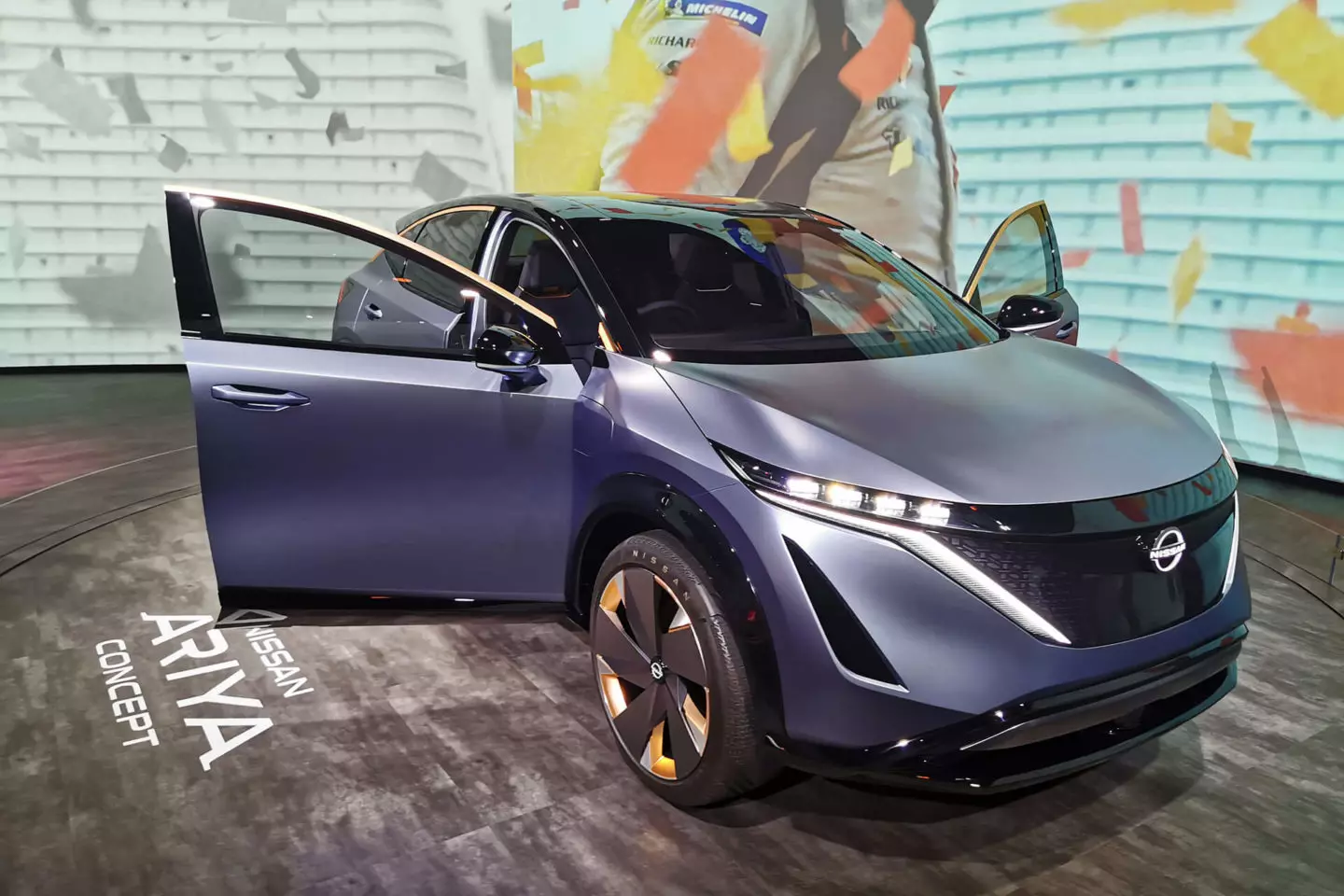
Nissan Ariya
This bet on crossover/SUV will see models like the Nissan Micra disappear from the brand's catalogs. It remains to be seen whether the “caught” (on video) successor to the Nissan 370Z will reach us…
According to the announced plans, we will see three 100% electric models launched in Europe, two e-Power hybrid models and one plug-in hybrid — not that they are all independent models, but rather they could be several versions of a model. Electrification will continue to be a strong theme at Nissan — it forecasts its electrified models make up 50% of its total sales in Europe.
Makoto Uchida, CEO of Nissan“Nissan must deliver value to its customers around the world. To do that, we need to make advances in the products, technologies and markets in which we are competitive. This is Nissan's DNA. to democratize technology and face challenges as only Nissan has the capacity to do."

Razão Automóvel's team will continue online, 24 hours a day, during the COVID-19 outbreak. Follow the recommendations of the General Directorate of Health, avoid unnecessary travel. Together we will be able to overcome this difficult phase.
